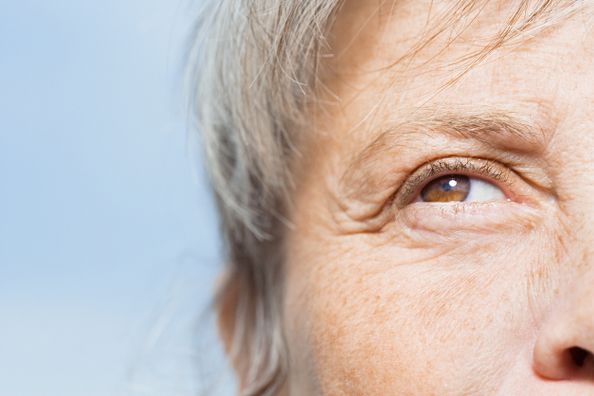It is normal for you to experience changes in your vision throughout your life, and as you age, your risk of developing certain eye conditions increases as well. For most people, changes in their eyes begin in their early to mid-40s and will continue into their early 60s. The most common visual change in older adults is difficulty seeing things close by, primarily when reading or working on a computer. This is a condition called presbyopia, a normal change in your eye’s ability to focus. This happens when the lens of your eye loses some of its flexibility, making it more difficult for your eyes to shift easily from objects far away to objects nearby. Typical symptoms include difficulty reading print materials including books, newspapers or menus, especially in dim light. You may find yourself holding objects away from you in order to see more clearly. Once it develops, presbyopia will continue to progress as you age. Individuals who already wear glasses or contact lenses may need to switch to bifocal or multifocal lenses for help with near and far distances. Those who haven’t needed contacts or glasses in the past may need to use reading glasses moving forward.








